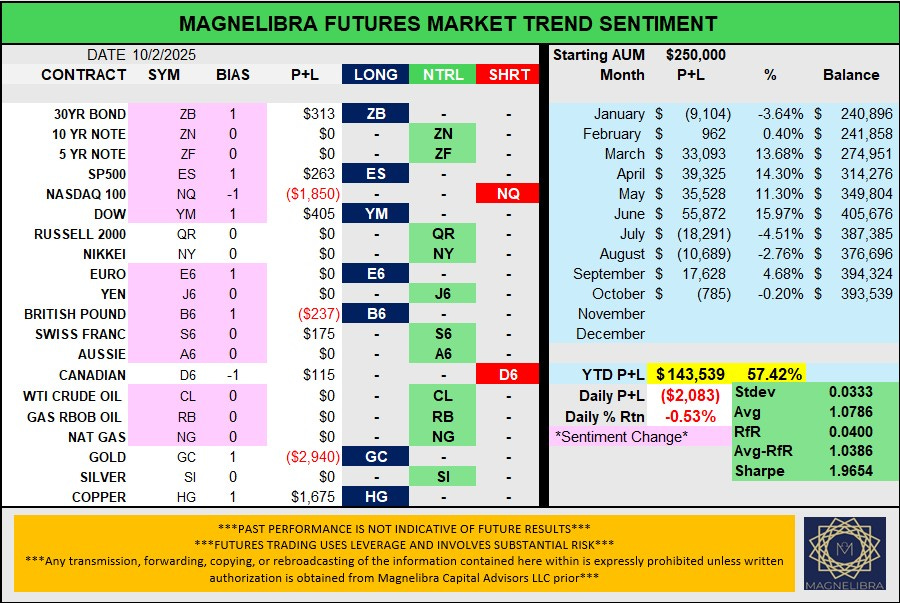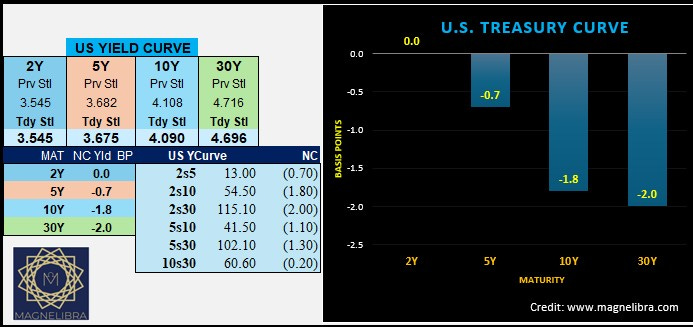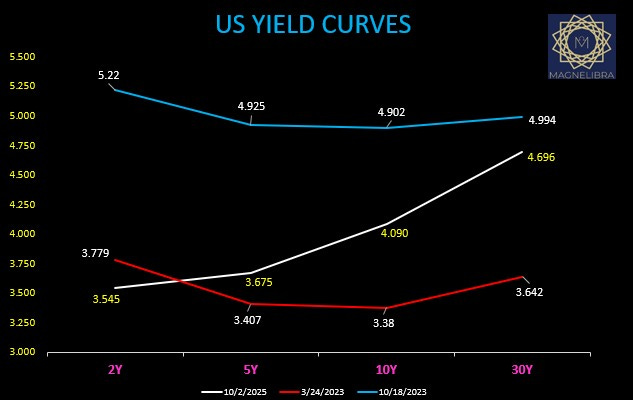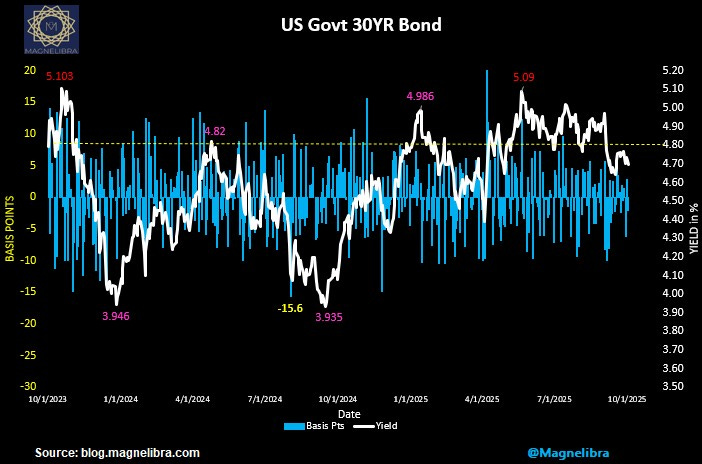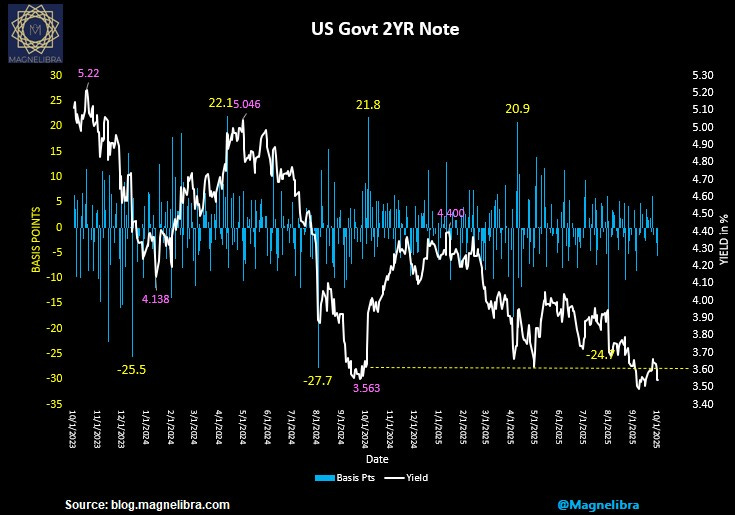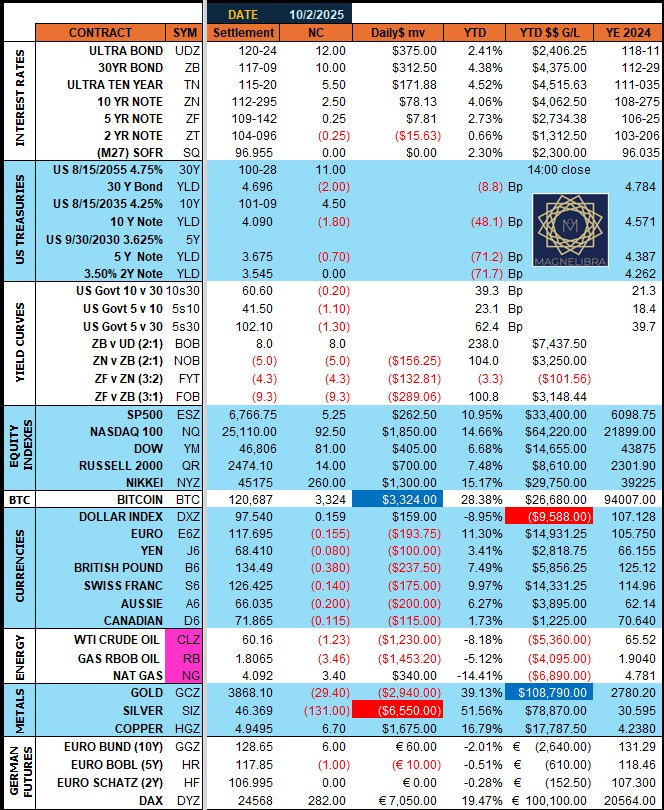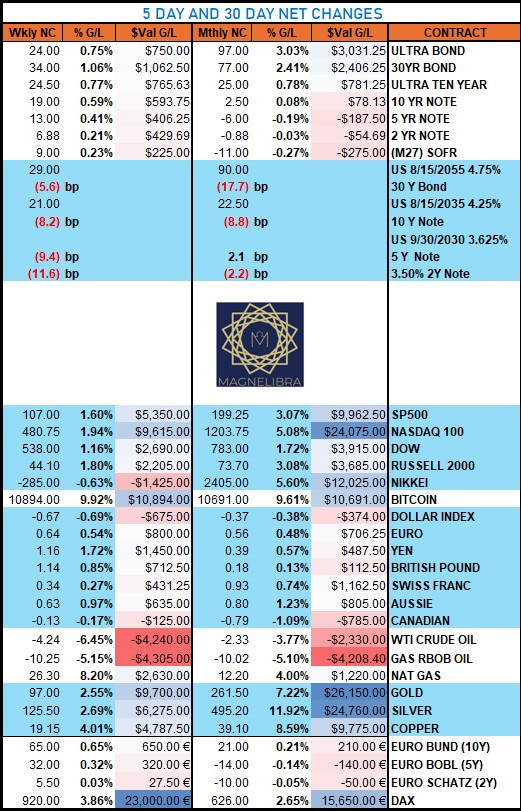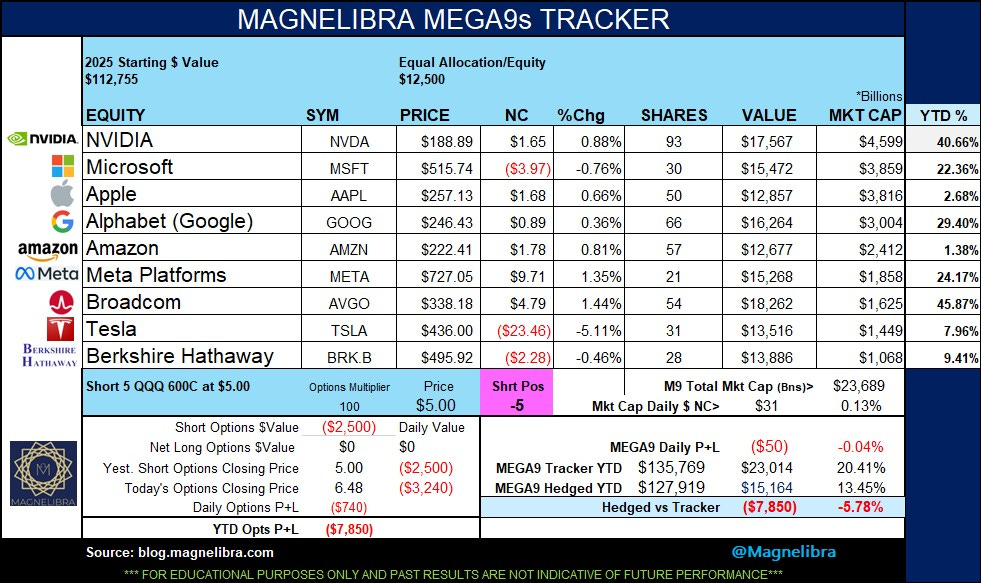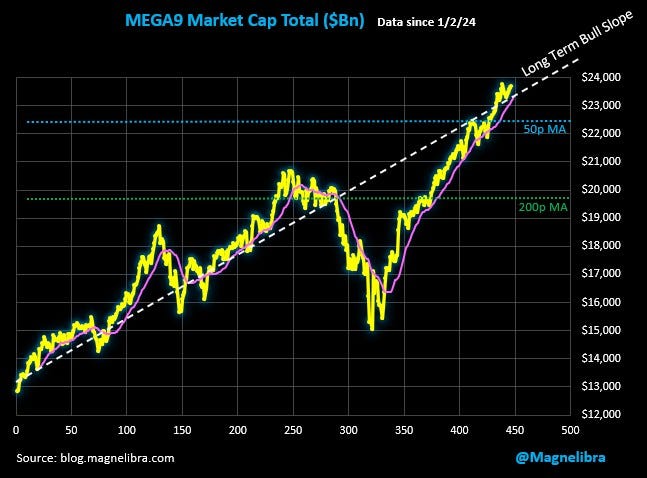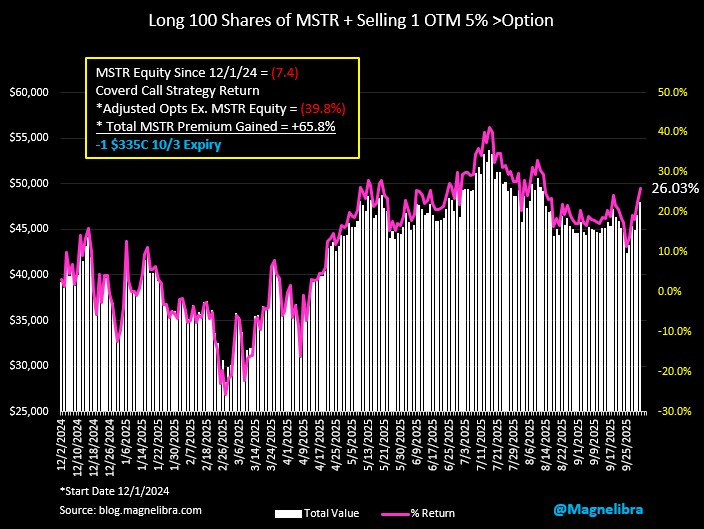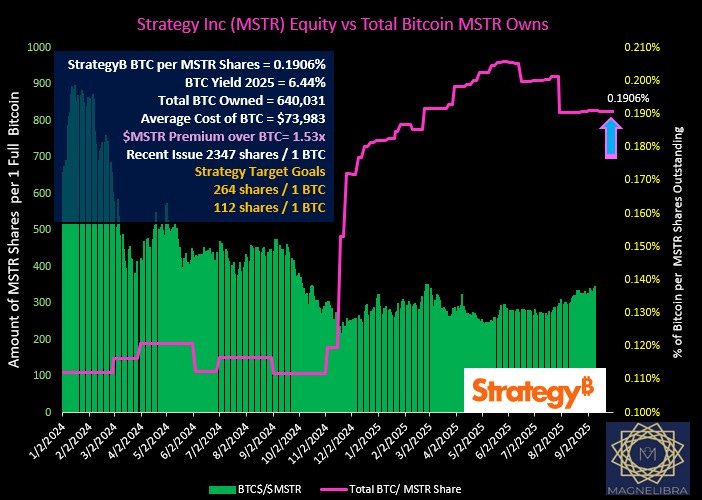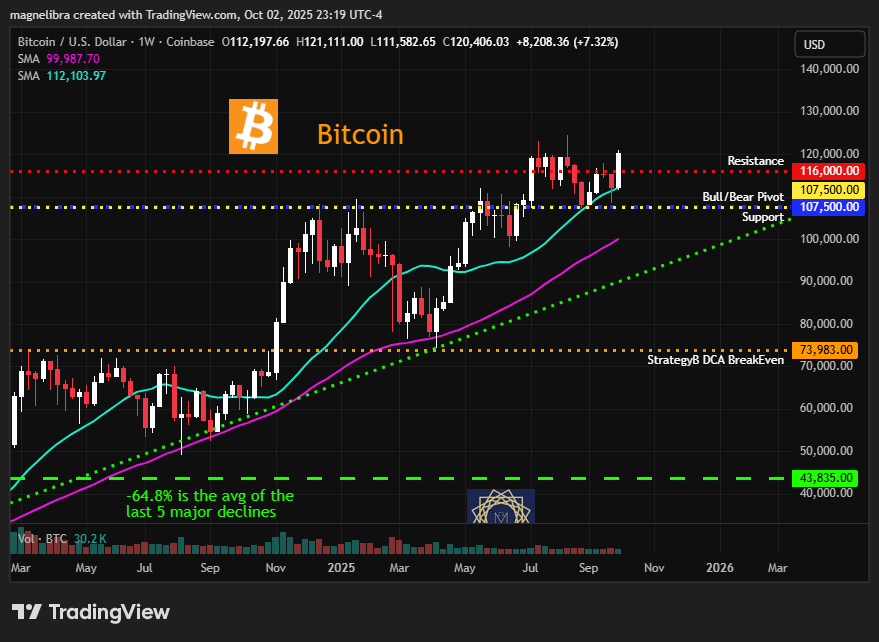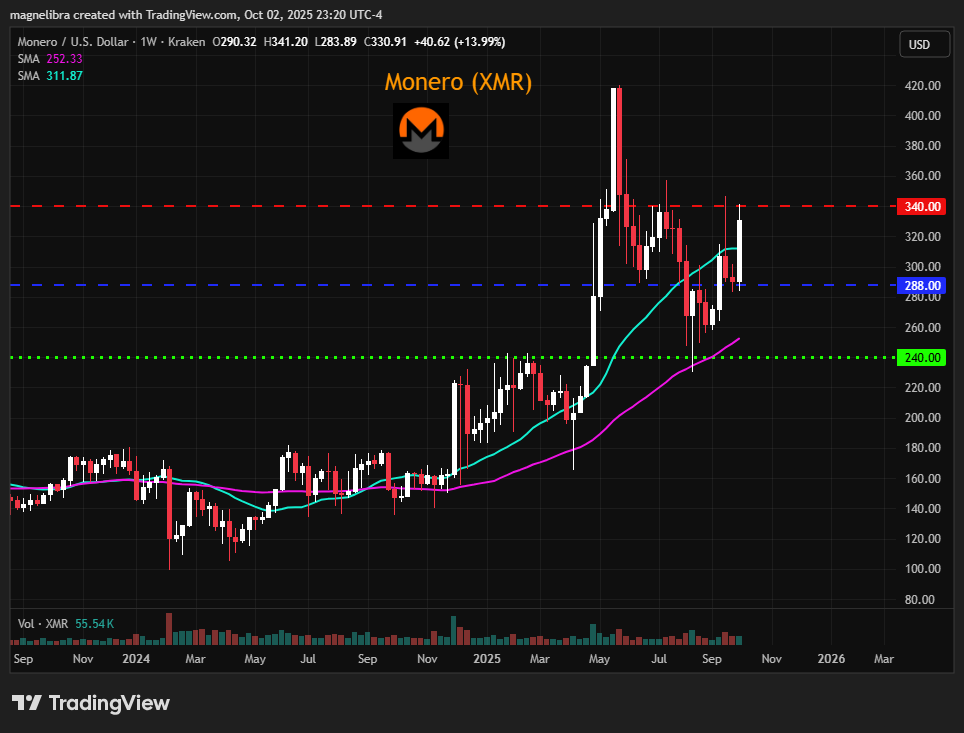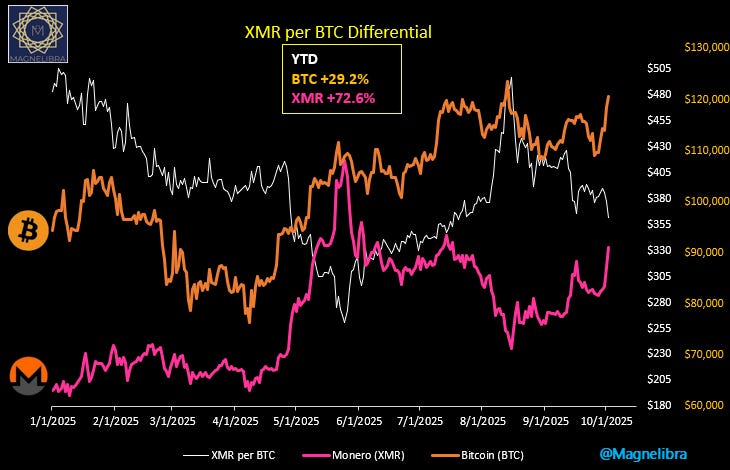Why the Government Shut Down:
The U.S. federal government entered a partial shutdown at 12:01 a.m. EDT on October 1, 2025, marking the first such closure since the 2018–2019 standoff. This stemmed from Congress’s failure to pass the 12 annual appropriations bills (or a consolidated package) to fund operations for fiscal year 2026, which began that day. Here’s a breakdown of the key factors:
Partisan Deadlock Over Funding Levels and Priorities: House Republicans, led by conservatives, passed a “clean” continuing resolution (CR) extending funding at current levels through November 21, 2025, without additional policy riders. However, Senate Democrats blocked it via filibuster (requiring 60 votes to advance), viewing it as insufficient. Democrats countered with their own CR extending funding through October 31 but including extensions for enhanced Affordable Care Act (ACA) premium subsidies set to expire at year-end, which Republicans rejected as unrelated “poison pills.”
Trump Administration’s Hardline Stance: President Trump has framed the shutdown as an opportunity to “slash the federal bureaucracy” and target “Democrat agencies,” echoing Project 2025 proposals for executive overhauls. On day one, the administration froze $26 billion in funds for Democratic-leaning states (e.g., $18 billion in New York infrastructure and $8 billion in climate projects across 16 Harris-voting states), escalating tensions and signaling no quick concessions.
Broader Political Pressures: Democrats accuse Republicans of using the shutdown to undermine ACA expansions that have doubled marketplace enrollments since 2021. Republicans blame Democrats for leveraging the crisis to “undo spending cuts” from earlier 2025 deals. Public polling shows low support for a prolonged shutdown (only 27% blame Democrats overall, with independents at 59% opposed).
Historical Context: This is the 11th modern shutdown and third under Trump, often tied to polarization over entitlements like Obamacare. Unlike 2013 or 2018, early signs point to aggressive workforce reductions, with OMB directing agencies to prepare Reduction in Force (RIF) notices for non-essential roles.
Impacts so far include furloughs for ~800,000 federal workers (e.g., 45% at HHS, 10% at DOJ), halted non-essential services (national parks partially open but understaffed, leading to vandalism risks), and partisan tweaks to agency out-of-office messages blaming Democrats.
How It Can Be Resolved:
Resolving the shutdown requires bipartisan agreement on a funding bill, signed by President Trump. Short-term fixes are common, but deeper negotiations could drag on. Potential paths include:
Pass a Bipartisan Continuing Resolution (CR): A “clean” short-term bill (e.g., 1–3 months) at current funding levels, giving time for full appropriations. This passed the House on September 19 but failed the Senate; both parties have signaled openness to a shortened version if paired with minor concessions like VA extensions.
Attach Policy Riders to a CR: Democrats push for ACA subsidy extensions; Republicans demand spending cuts or bureaucracy trims. A compromise could bundle these, but Trump’s threats of vetoing anything without “billions saved” complicate this.
Full Appropriations Package: Ideal long-term fix via the 12 bills, but unlikely soon due to polarization. Senate negotiations on October 1 hinted at using CR time for this.
Executive Actions as Leverage: Trump could lift funding freezes unilaterally, but he’s using them to pressure Democrats. Congress could override via supermajority votes, though that’s improbable.
Timeline: Senate votes could resume post-Yom Kippur (October 3 evening), but experts predict 1–2 weeks minimum, per past shutdowns. Public blame games favor Republicans slightly in polls, but prolonged pain (e.g., delayed military pay on October 15) could shift dynamics.
So with all that, its now obvious that the BLS will not, report the Non Farm Payroll numbers tomorrow!
Under the Department of Labor’s contingency plan, BLS suspends all operations during a shutdown, halting data releases, website updates, and surveys. The data was collected pre-shutdown but can’t be processed or published without funding.
Delay Expectations: Based on the 2013 shutdown, expect a 1–2 week postponement post-resolution, with minimal data quality impact from normal response rates. This leaves the Fed “in a data fog” for its October 28–29 meeting, potentially pausing rate cuts if private proxies (e.g., ADP) show weakness.
Calls for Release: Sen. Elizabeth Warren urged the administration to publish anyway, citing processed data, but Trump officials have declined, aligning with the shutdown’s broader economic blackout. Inflation reports (CPI on Oct. 15) face similar risks.
We doubt they will release any data, and even at that, can any of it be trusted? We doubt it. Anyway the risk markets continue to meander along with consistent buy side pressure disregarding any volatility from this current shut down.
As far as our subscriber data, we have some changes this week to the core Market Sentiment Indicator data profile. We hope that those of you who do not support our work will decide to assist in our endeavors to educate the masses. We feel the data and analysis that we do goes a long way into furthering the overall understanding of the financial markets, what moves and drives them and how to actually analyze them properly. We aren’t hiding the subscriber data behind the paywall today, so you get a better glimpse of the overall data that we do provide.
Magnelibra CTA Futures Market Trend Sentiment (Our proprietary commodity trading advisory futures market sentiment long/neutral/short market flows indicator) The portfolio is made up of the core futures markets we cover and the indicators are for single contracts of the futures market, whether long, short or zero neutral. The P+L is generated via the starting daily position and the ending daily settlement. This is considered a high risk alternative strategy. However most investors should leave a portion of their overall portfolio within a high risk basket. Some of the percentages of the overall portfolio dedicated to high risk should vary from 3% to 18% depending on ones overall time to invest and risk profiles. We added the Sharpe to our data now as well for those quantitative types!
NOTABLE CHANGES:
Move to “1” Long Bias: ZB, ES, YM, E6, B6
Move to “0” Neutral Bias: ZN, ZF, J6, S6, A6, CL, RB, NG
Move to “-1” Short Bias: NQ
The U.S. Bond Yield Curve (This is our daily graphic displaying the U.S. bond market yield curve changes. We follow the 2 year thru 30 year durations. Please note that bond prices work inversely to yield changes so for instance if bond prices are rising and moving upward, then their yields are falling or moving downward. We also track the relationship between the durations known as US Yield Curve Spreads, when we list it as 2s5, we are comparing the yield differential between the 2 year vs the 5 year with the positive/negative viewed from the higher durations perspective.
Here is how the US yield curve looks compared to its prior high/low yields:
As far as the 30Y and 2Y yield charts, they continue to point the momentum and path of least resistance is for lower yields:
Daily Settlement Sheet (Magnelibra’s Futures and Cash bond market coverage of the daily settlement prices and dollar value of the contracts given move)
We rolled the energy complex this week from November to December contracts:
The 5 & 30 Day rolling changes with top 3 Winners and losers (The last 5 trading days and 22 trading days net changes)
Silver, Gold and Bitcoin the YTD winners but Bitcoin is+10% on the week gaining all of last weeks loss and then some, Nat Gas moving up as well:
Magnelibra MEGA9s Portfolio Tracker (This is a synthetic long only portfolio of the Top 9 largest equities by market cap. We started this tracker because we understand Ai dominates the investment landscape and operates in a binary construct. What we mean is that it issues a buy or a sell and will do so in reinforcing mechanisms, meaning if alpha is rising it will add, if it is falling it well sell and remove. We also created a “hedge” for those that want a more active approach to tactically maximizing their long only static portfolio of equities)
This weeks hedge is the short 600 call strike in the QQQ ETF at $5. Tesla saw decent profit taking on the day.
MEGA9s total market cap chart (This chart represents the total market cap of the MEGA9s and lists the 21pMA in pink along with the 50p and 200p MA)
We hate to say it, but buying above the long term bull slope may not be the best risk/reward profile, but we know why people continue to plow capital in, doesn’t mean its right though:
Strategy Inc / BTC Trading Tracker (Bitcoin vs MSTR equity, Our Strategy Inc. Covered Call Portfolio Tracker, Long 100 shares MSTR and short 1, 3% to 7% out of the money call on Monday’s open each week) For those playing along at home, please note, this long MSTR strategy that incorporates a short covered call hedge is something you cannot pick and choose to do one week to the next! This is a mandatory weekly hedge vs your long holdings. Volatility continues to get stripped out and crushed, buying Bitcoin outright vs MSTR is always the preferred exposure, if you were wondering.
Strategy bought a few more BTC this week and this weeks option hedge for the covered call strategy is the $335 calls (3% OTM):
BTC/MSTR shares = 0.1906 and Total BTC owned = 640,031 and the dollar cost average = $73,983 with the premium metric at 1.53x:
Here is the current Bitcoin chart, $116,000 resistance broken this week, can it hold into the weekend?
Monero XMR picking up steam as well and $340 the barrier is huge, a trade above and we should get the positive momentum thrust back above $400:
We are big advocates of XMR and we know its the only real true private decentralized currency. Nothing will ever convince us otherwise, there is a reason the globalist want this suppressed, but we believe the future will prove that XMR is heavily undervalued!
XMR is +72.6% this year compared to Bitcoins 29.2%, we believe the XMR outperformance will continue far into the future:
Alright that is it, we hope our letter demonstrates the power of being an active investor vs your static long only holdings. In today’s world there are only excuses when it comes to losses, you should be active and do things that mitigate your overall risk, to not do so is purely just lazy. If you need to review your own risk, we would be glad to help, we can simplify pretty much everything and offer you a new way to look at investing. Too many of you often use mutual funds, often pay 1% or more for passive investing and chalk it up to the fact that this is how old grand dad did it that is how I will do it. Well don’t be foolish, today’s markets are nothing like even a decade ago, let alone a generation ago. We hope we are giving you a better and clearer proof of that then anyone else. Anyway reach out send a DM here, send an email and let’s discuss what you can do, its a matter of being proactive rather than being just pure laziness!
Thank you guys, appreciate all the support and thank you for reading our work and hopefully your gaining valuable insight and improving your own techniques and improving your non linear thought processes. We feel that support of our letter and the pricing of our tiers is more than fair market, so please think about supporting our work, till next time. Cheers!
Support directly to our BTC address if you can: 3DvDvPnjwu5Fd6sagAYmiFXA2fPkjJf2cp
Anyone interested in investing in Monero (XMR) please reach out, we have a link to Kraken below if you use my referral code or link to try it, we’ll both earn 75 USD when you trade $200 USD of crypto in the app!
Code: y4wsyws7
Link: https://proinvite.kraken.com/9f1e/11l9bp1z
Additionally we would be glad to consult anyone interested in getting involved here. As always we view these crypto currencies in the same realm as futures, high risk, high reward, and every portfolio should have a small percentage of their overall portfolio in investments like this.
So if interested please reach out to the email below directly and we can discuss this further. The future of financial payment systems will be digital decentralized and we are still in the infancy of this fascinating technology!
If anyone is interested in working on a digital currency project and joining in as a core investor to help lay the foundation for what is to come, please reach out!
Cheers,
Magnelibra


